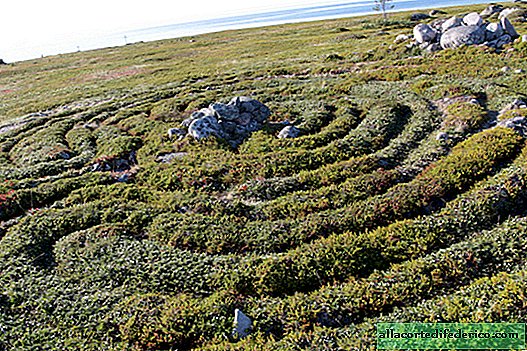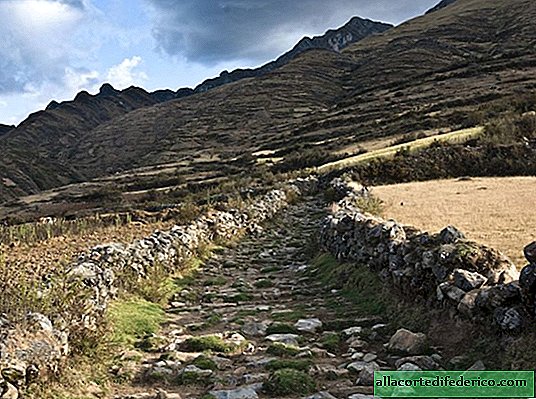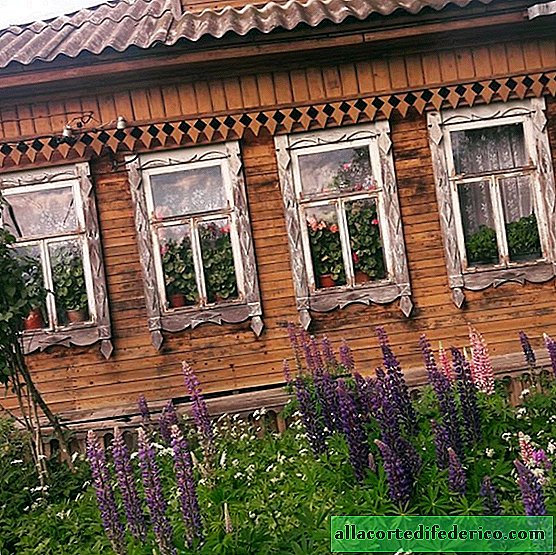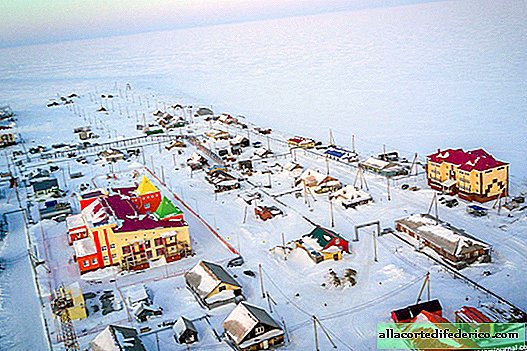Mysterious island: who built the stone labyrinths in the White Sea
On one of the Solovetsky Islands, located in the White Sea, there are unusual stone buildings. Paths, boulders and earthen embankments are combined in a bizarre way, forming mysterious objects resembling mazes.

Similar stone labyrinths are found in several regions of northern Europe: Great Britain, Scandinavia, Novaya Zemlya and the Kola Peninsula. In total, there are more than 500 northern labyrinths in Europe, most of which are located in Sweden.

These stone structures have, as a rule, a symmetrical structure and a central structure of boulders measuring 20-40 cm. The labyrinths are horseshoe-shaped, elliptical or round in shape and are very similar in appearance.

On the Solovetsky Islands, or rather on one of them under the name Big Zayatsky, there is the largest cluster of such structures in Russia. At the same time, the island itself is small, its area is about 1.25 km2. The diameter of the labyrinths varies from 3 to 25 meters. All labyrinths have one entrance, which is also an exit. The entrances of the labyrinths are looking in a different direction; no location on the cardinal points is observed.

In addition to 14 stone labyrinths, the island has more than 600 barrows, various groups of stones and two dolmens. Scientists date these objects over a very long period: from 1,000 BC to 1500 BC. But the purpose of these objects is not known for certain.

Most of the researchers in the labyrinths of the Big Zayatsky Island believe that the structures are of religious significance. Perhaps they participated in burial rites and symbolized the line between the world of the living and the world of the dead. But the stone labyrinths could be simply sacred places intended for holding pagan rituals.

According to another version, the mysterious labyrinths served as a trap for fish. It is noteworthy that all the stone labyrinths, both in Europe and in Russia, are located in close proximity to the sea. At the time of high tide, the land turned into shallow water: water filled the paths of the labyrinths, and fish penetrated along with it. Later, at low tide, the fish did not have time to leave the maze, lost in numerous spirals.

Today, travelers visiting the Solovetsky Islands swim on the Big Hare Island. Stone labyrinths are quite well preserved to this day, they are easy to detect. There are wooden paths on the island that lead you through mazes. The northern nature of the tundra does not contribute to the rapid growth of shrubbery and grassy vegetation, because stone embankments for hundreds of years were covered only with a layer of moss.


















